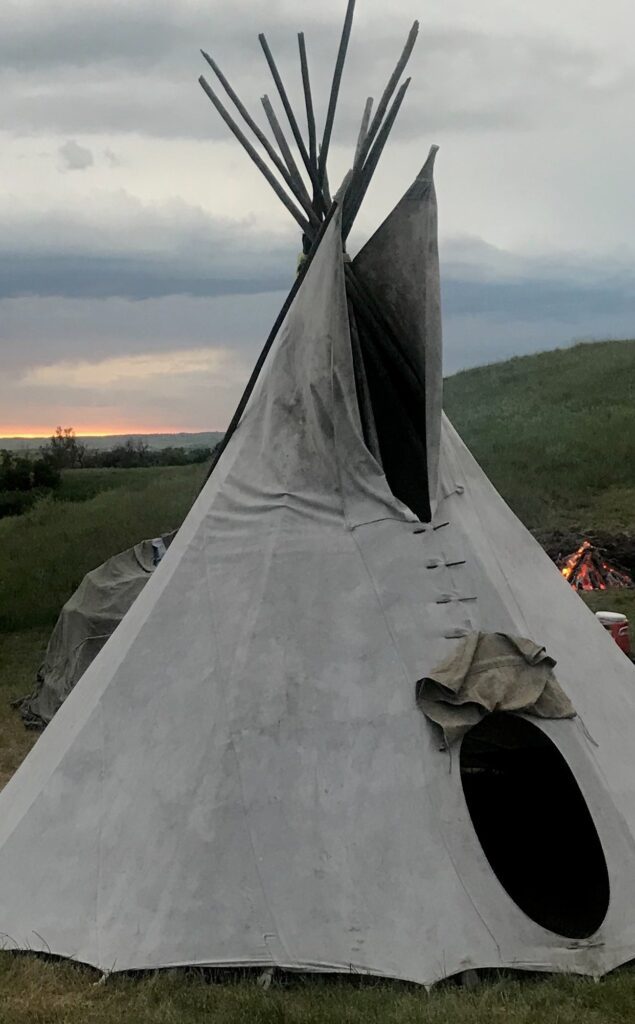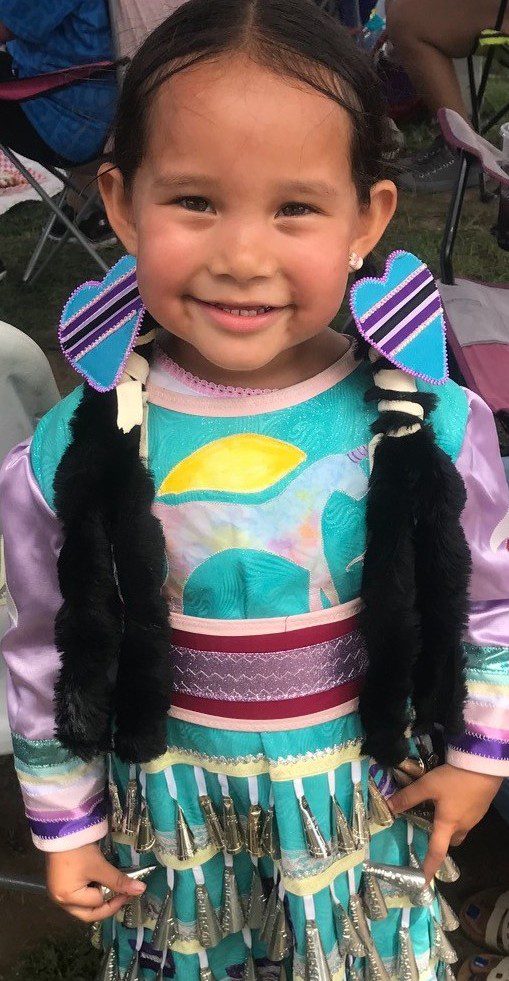
Hihani waste tiblo:
We live in a beautiful and diverse world with opportunities to find happiness. Sadly, not all of us have an equal opportunity to find happiness. Hunger, poverty, homelessness, and other social issues, including intergenerational trauma, arising from the forced relocation of indigenous Native Americans by the United States government and early pioneer settlers have taken hold of the Oglala Lakota Sioux on the Pine Ridge Reservation in South Dakota. But with a dedicated team of experts, like the Teach Them To Fish Foundation, we can redress grievances in Indian Country.
When you choose to donate to our Support Pine Ridge Reservation program, you can have the assurance that you are giving to the Oglala Lakota children. You can have the confidence to know you have made a difference in their lives better and helped alleviate some of the struggles that can impact future generations to come.
Watch this inspiring music video “Good as Gold” provided to us with the consent of Singer Grayson Chance and Nica Ole Win of Pine Ridge Reservation.
Read on to learn more about how you can help children on the Pine Ridge Indian Reservation.
A Foundation That You Can Trust
The Teach Them To Fish Foundation is committed to helping the children on the Pine Ridge Reservation receive the educational opportunities they need to succeed in this life.
We are heartbroken by the difficulties and problems these children and their families are experiencing. We are excited to pair with our donors and use the funds we receive to alleviate some of the struggles at the Pine Ridge Reservation.
According to the most recent United States Census, Oglala Lakota County in South Dakota is the second poorest county in South Dakota. The unemployment rate is 85%, and it has the highest suicide rate in Indian Country.

For over 15 years, the Teach Them To Fish Foundation has provided food, clothing, propane fuel, shoes, snow boots, winter coats, and school supplies for the Pine Ridge Indian Reservation children. We send boxes and boxes of food. In addition, we helped to renovate a safe house for children who are at risk for homelessness, physical abuse, or suicide. We purchased and donated a 4-wheel drive emergency vehicle to allow our local colleagues to travel and aid suicide survivors and victims and help their families to go to urgent care facilities, sometimes more than 100 miles away, through deep snow during harsh winter months. We have made an impact. We have saved more than 4,700 children from suicide, physical abuse, and homelessness.
We can continue our work with donations designated for the Pine Ridge Reservation from beautiful people like you. Contact our team today at info@TeachThemToFish.org to learn more or make your first donation.
WOPILA (Thank you). Chase Sizemore
Pine Ridge Reservation Fact Sheet:
The Pine Ridge Indian Reservation (Wazí Aháŋhaŋ Oyáŋke), also called the Pine Ridge Agency, is located in the southwestern portion of South Dakota and a small portion of Nebraska. Originally included within the territory of the Great Sioux Reservation, Pine Ridge was created by the Act of March 2, 1889, 25 Stat. 888. The reservation encompasses Oglala Lakota County and Bennett County, the southern half of Jackson County, and a small section of Sheridan County which the United States government added by Executive Order No. 2980 of February 20, 1904. Today Pine Ridge Reservation consists of 4,353.80 sq mi (11,276.29 km2), or 2,786,432 acres, and is one of the largest reservations in the United States, but only about 84,000 acres (339.9 km2) of land are suitable for agriculture. Of the 3,142 counties in the United States, Pine Ridge counties are among the poorest. The land area of the reservation is 2.1 million acres, with 1.7 million acres held in trust by the United States Bureau of Indian Affairs. The reservation is the seventh-largest reservation in the United States.

According to the 2020 United States Census, there are 13,586 people living in Oglala County, but the Bureau of Indian Affairs reports there are 46,855 enrolled members (both on and off the reservation). Four percent (4%) of the population is younger than 20, whereas the State of South Dakota is 27.8% for this demographic. The median age is 25.4, 24.6 for men, and 26 for women. Eight percent (8%) of the population is 50 or older. South Dakota is 33.8% for this demographic.
The American Indian Humanitarian Foundation reports that 60% or more of the homes on Pine Ridge Reservation are severely substandard, without water, electricity, adequate insulation, and sewage systems.
Weather on the Pine Ridge Reservation can be extreme, with summer temperatures reaching 110° Fahrenheit and winter temperatures dropping to -50° Fahrenheit. Winds can be severe, and the snow drifts deep.
There is no industry, technology, or commercial infrastructure exists to employ the Pine Ridge Reservation tribal members. The United States Department of Interior (2005) reported that the unemployment rate is approximately 89%. Only 3,131 people out of a tribal labor force of 29,539 (both on and off the reservation’s land) have jobs. The per capita income is $7,773. The United States average is $27,599. A United States Census study (2014) reported that the poverty rate is 53.75%, whereas the United States average is 15.6%. Other sources indicate that the poverty rate may be greater than 80%.
In 2017, the International Work Group for Indigenous ranked Oglala Lakota County ranked 59 out of 60 South Dakota counties for health quality. However, statistics produced by the Oglala Lakota Tribe reported a much grimmer picture. Compared to the United States, Pine Ridge Reservation has a tuberculosis rate of 800% higher, infant mortality of 300% higher, and teen suicide of 150% higher. Approximately 50% of adults over the age of 40 have diabetes. About 85% of families are affected by alcoholism, and about 58% of grandparents raise their grandchildren.
The CIA World Factbook estimates that the 2012 infant mortality rate (“IMR”) in the United States is six deaths out of every 1000 births. On the Pine Ridge Reservation, however, the IMR is 300% higher. Eighteen deaths out of every 1000 live births occur within the first twelve months.

Comments are closed.